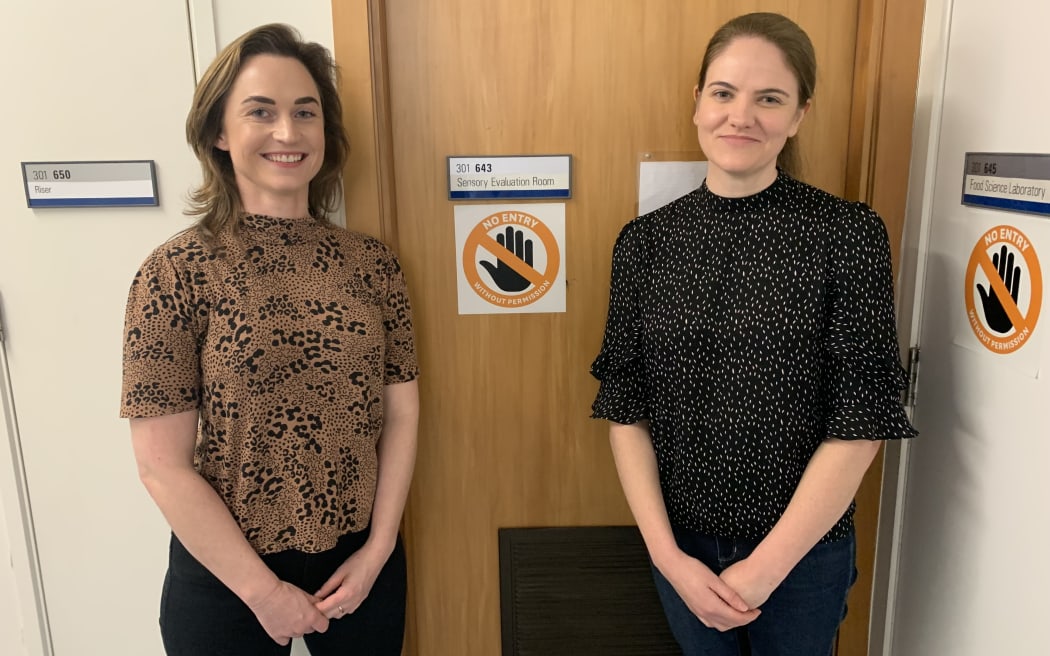Hungry? How does a nice meal of milk chocolate and asparagus sound?
Or maybe prawns and vanilla? Kiwifruit and gorgonzola cheese?
If scientific theories about the science of food pairing are right, these should be delicious flavour combinations.
Maybe they are. Maybe they aren’t… but there’s certainly more to it than we currently know.

Prawns and vanilla... asparagus and chocolate... kiwifruit and blue cheese. Science says these food pairings should work, but do they really? Photo: Unsplash
Follow Our Changing World on Apple Podcasts, Spotify, Stitcher, iHeartRADIO, Google Podcasts, RadioPublic or wherever you listen to your podcasts
Food pairing theory works on a pretty simple chemical basis: foods that share more flavour compounds (mostly smell) will taste better together than foods that don’t.
For example, ham and eggs. Macaroni and cheese. Perhaps less obviously, caviar and white chocolate.
But there’s a big geographic and cultural hole in this theory.
“Research has shown that there is this tendency for western cuisines to comprise recipes that are combining different ingredients that have shared these flavour compounds’, says Dr Rebecca Jelley, a research fellow in the School of Chemical Science at the University of Auckland.
“But in fact, the complete opposite was seen for east Asian cuisines.”
And there’s another element this theory might be overlooking.

Dr Rebecca Jelley and Dr Danaé Larsen outside their sensory laboratory. Photo: RNZ
“They seem to have forgotten about the sensory aspects of food,” says Dr Danaé Larsen, who is a lecturer in the School of Chemical Science.
By sensory, she means the texture, sound and sight of food and it is this area that the two have begun a research project hoping to find some better answers.
They want to know if adding sensory stimulation while chewing texturally complex foods adds enjoyment and a feeling of fullness after eating.
To test this, the pair are running a series of experiments using New Zealand foods with shared aromatic compounds. Danaé is in charge of the sensory aspects of the study while Rebecca analyses the chemical compounds of the foods used.

The test foods for today's experiment are broccoli and dark chocolate. Chemical analysis has established that the two foods share a number of aromatic compound's and according to current thinking, should pair well together. Photo: RNZ
The hope is to one day have a local food pairing network backed by solid science – which Central Otago Pinot Noir goes best with which local cheese, for example.
There’s also a possibility of positively affecting the way people feel about healthy foods they may not enjoy eating. One day, there might even be a healthier chocolate bar!
To learn more:
- Listen to an episode from 2020 about How sound influences the taste of food, and from 2013 about the science of eating.

